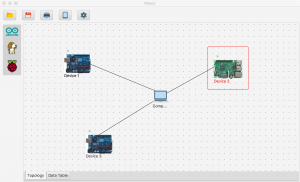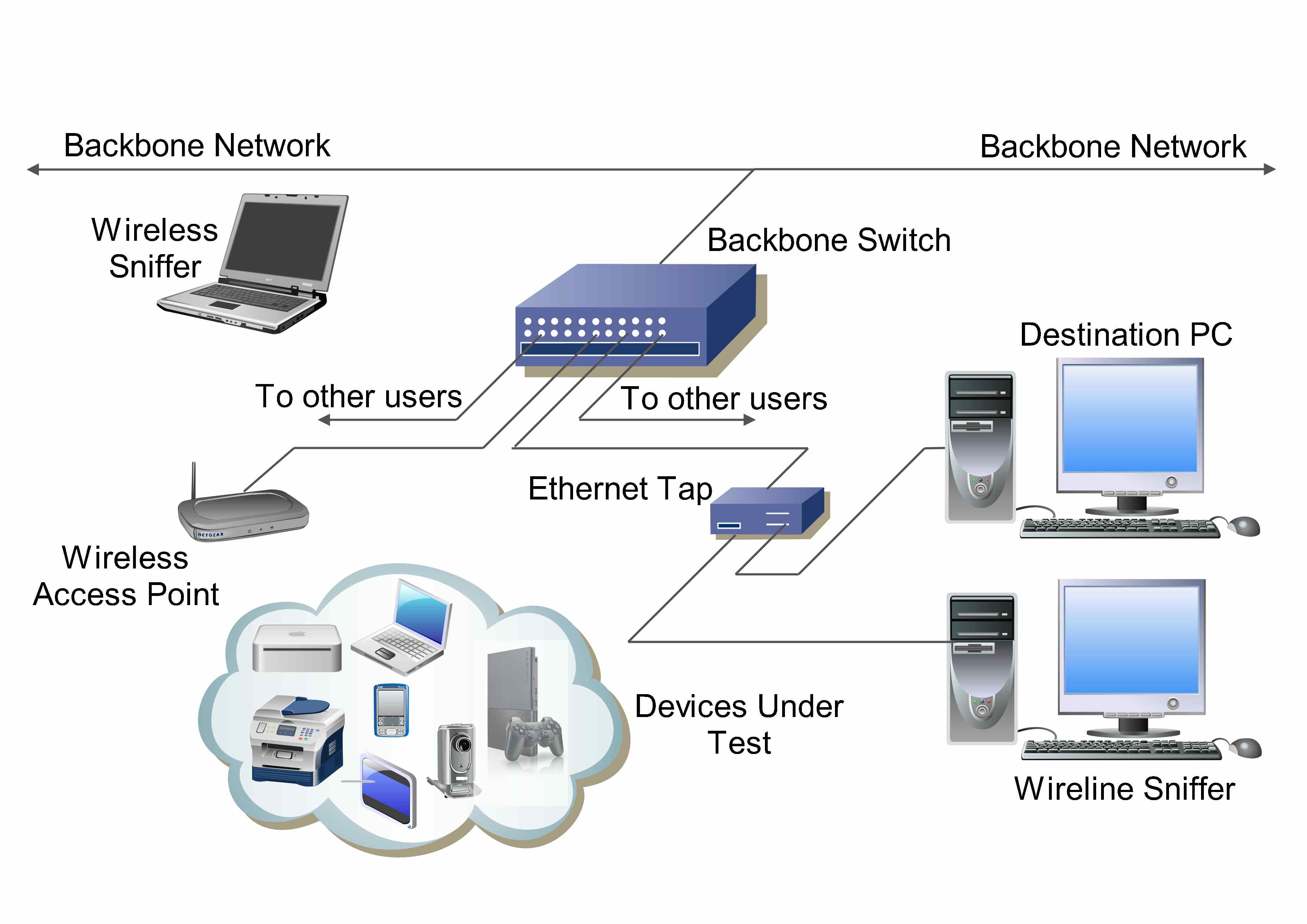Software / Data
SaINT: Sensitive Information Tracking in IoT Applications
Broadly defined as the Internet of Things (IoT), the growth of commodity devices that integrate physical processes with digital connectivity has had profound effects on society—smart homes, personal monitoring devices, enhanced manufacturing and other IoT applications have changed the way we live, play and work. Yet extant IoT platforms provide few means of evaluating the use (and potential misuse) of sensitive information. In this project, we present SaINT, a tool for analyzing sensitive data leakage in IoT implementations. SaINT operates in three phases; (a) translation of platform-specific source code into an IR modeling sensor-computation-actuator structures, (b) identifying sensitive sources and sinks, and (c) performing static analysis to identify sensitive data leakage. You can access the paper on arXiv: Sensitive Information Tracking in Commodity IoT.

IoTBench Applications
IoTBench is an IoT-specific test corpus, an open repository for evaluating systems designed for IoT app analyses. It is developed under the SaINT project. IoTBench test-suite repository contains IoT apps from various IoT platforms. IoTBench is under continual development, always welcoming contributions of the new IoT apps. In particular, we always welcome help towards resolving the issues currently open. You can find all the IoTBench apps in our GitHub repository.

Proviz: Sensor Development Software for IoT Devices
Proviz is Internet of Things application development software. You can use Proviz to create Internet of Things applications without requiring any software or hardware experiences.

Project Sponsor: National Science Foundation
Project Duration: 09/01/13-08/31/17
GTID: A Passive Technique for Fingerprinting Wireless Devices
In this work, we introduce GTID, a technique that passively fingerprints wireless devices and their types from the wired backbone. GTID exploits the heterogeneity of devices, which is a function of different device hardware compositions and variations in devices’ clock skew. We use statistical techniques to create unique, reproducible device and device type signatures that represent time variant behavior in network traffic and use artificial neural networks (ANNs) to classify devices and device types. Our wireless device fingerprinting work’s data is available through CRAWDAD


